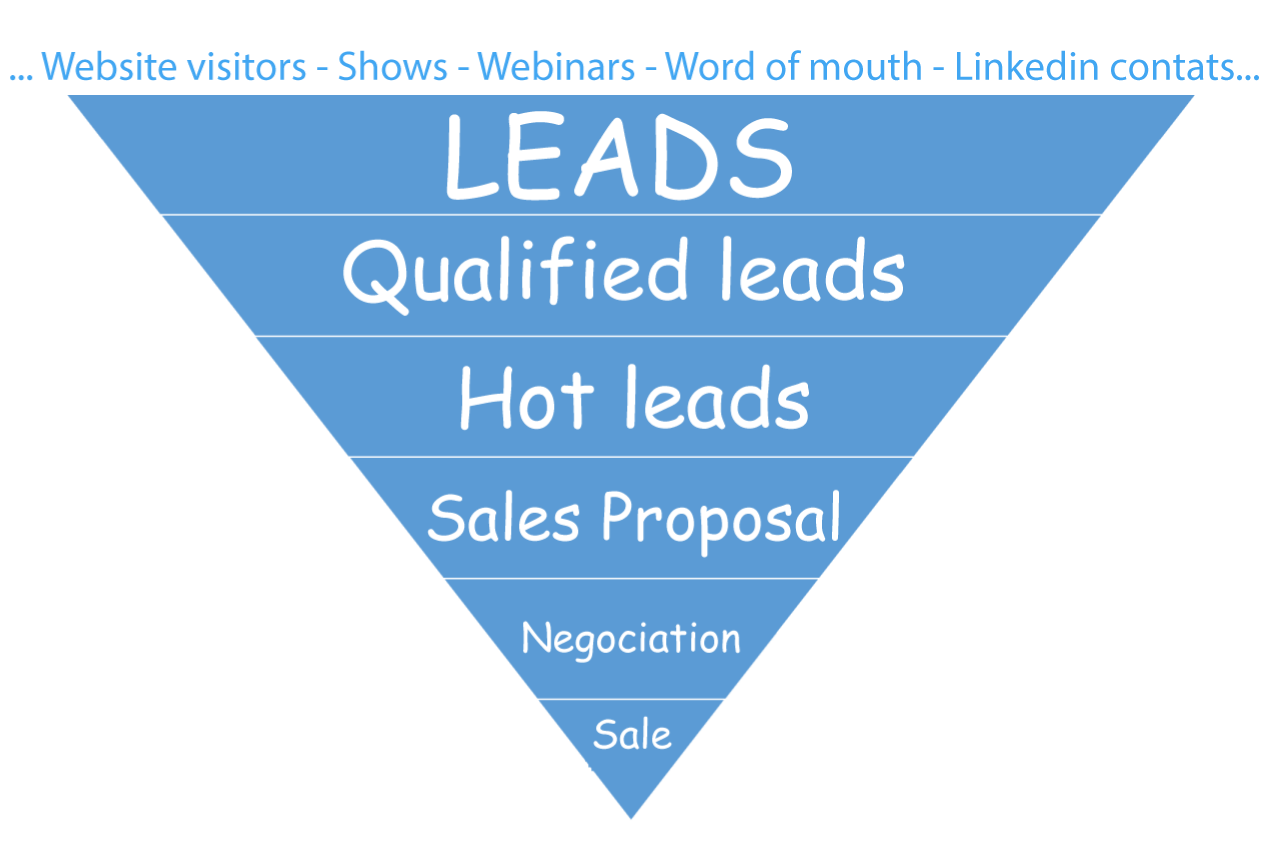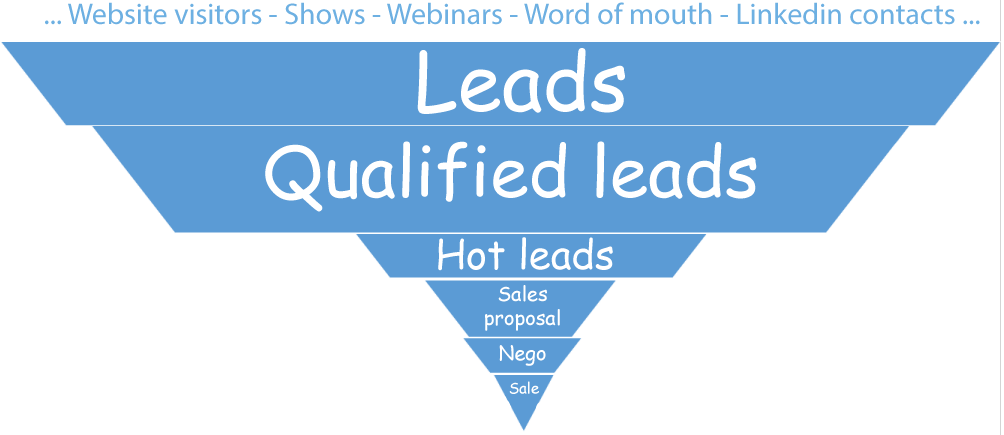24 March 2021
60% of salespeople assisted by AI and automation by 2021
AI and automation will be a staple of the B2B sales processs according to Forrester. Sales Enablement is booming in the US,…
8 November 2017
First of all this article is going to tell you why Sales Intelligence has an increasingly important role at the moment; subsequently, we will look at some sound and practical tips for applying Sales Intelligence in your sales team.
However, before we begin, we should define Sales Intelligence. From my point of view, Sales Intelligence is a veritable GPS for a sales person. It helps them to reach their goal as quickly as possible, by minimising effort and the problems they may encounter.
Sales Intelligence is therefore a set of tools and methods that will help the sales person to be more efficient on a day-to-day basis, by making best use of all the information and data that they may have at their disposal (via analysis, predictive analytics, etc.) in order to guide them along the optimal path (via alerts, recommendations, scoring, etc.).

Many experts have been talking about the death of the B2B sales person for years (including Forrester in this article)… However, it seems clear that we are actually heading towards a gradual evolution in the sales person’s profession, to encompass more added value and intelligence throughout the entire sales process.
Indeed, ‘Sales Person 1.0’, the one who waited for the client, who stayed in their office waiting for the telephone to ring, who always drove to see the same clients, etc., this sales person did die – and a long time ago!
Sales people are currently experiencing a major transformation, as much in their working methods as in the duties that they’re given.
This means that companies are relying on new tools:
In addition to these tools, psychology is also becoming one of the major components of sales, as shown by the Forrester report, with 4 types of buyers:


Sales Intelligence involves concentrating your efforts where they’re needed, when they’re needed, and using the pitch that will have the strongest impact.
In the context of prospecting, the implementation of Sales Intelligence quickly becomes essential. In fact, new traffic-generation techniques (white papers, webinars, etc.) and globalisation mean that you can very quickly end up with a mass of leads to manage, of which only a small proportion will be really pertinent for the company.
For example, 95% of the people who download a white paper on your website are generally “off-target” (students, people who don’t have the budget, others who are very upstream of the purchase, etc.).
This means that we have to:
And modern tools have now made it extremely easy to measure the performances of your sales and marketing teams. For example, a company that knows how to “correctly” manage its leads will generally arrive at a deal portfolio shaped like a pyramid:

Whereas a company that expends a lot of energy on leads with low added value will have an “obese” deal portfolio with lots of qualified leads but will spend too much time and money on leads that will ultimately turn out to be relatively irrelevant to its activity.

The consequence of an “obese” portfolio is in fact that the sales people will be overloaded with many more deals and will be trying to bite off more than they can chew, which could be disastrous in terms of managing the most profitable leads for the company.
Note: to be able to call back absolutely all leads, you need to have a large and responsive lead-qualification team and to be certain that this team is able to process and follow up all requests quickly and with sufficient quality.
Tomorrow you’ll find the second part of our article on Sales Intelligence, with our practical tips, tools and method to get you started!